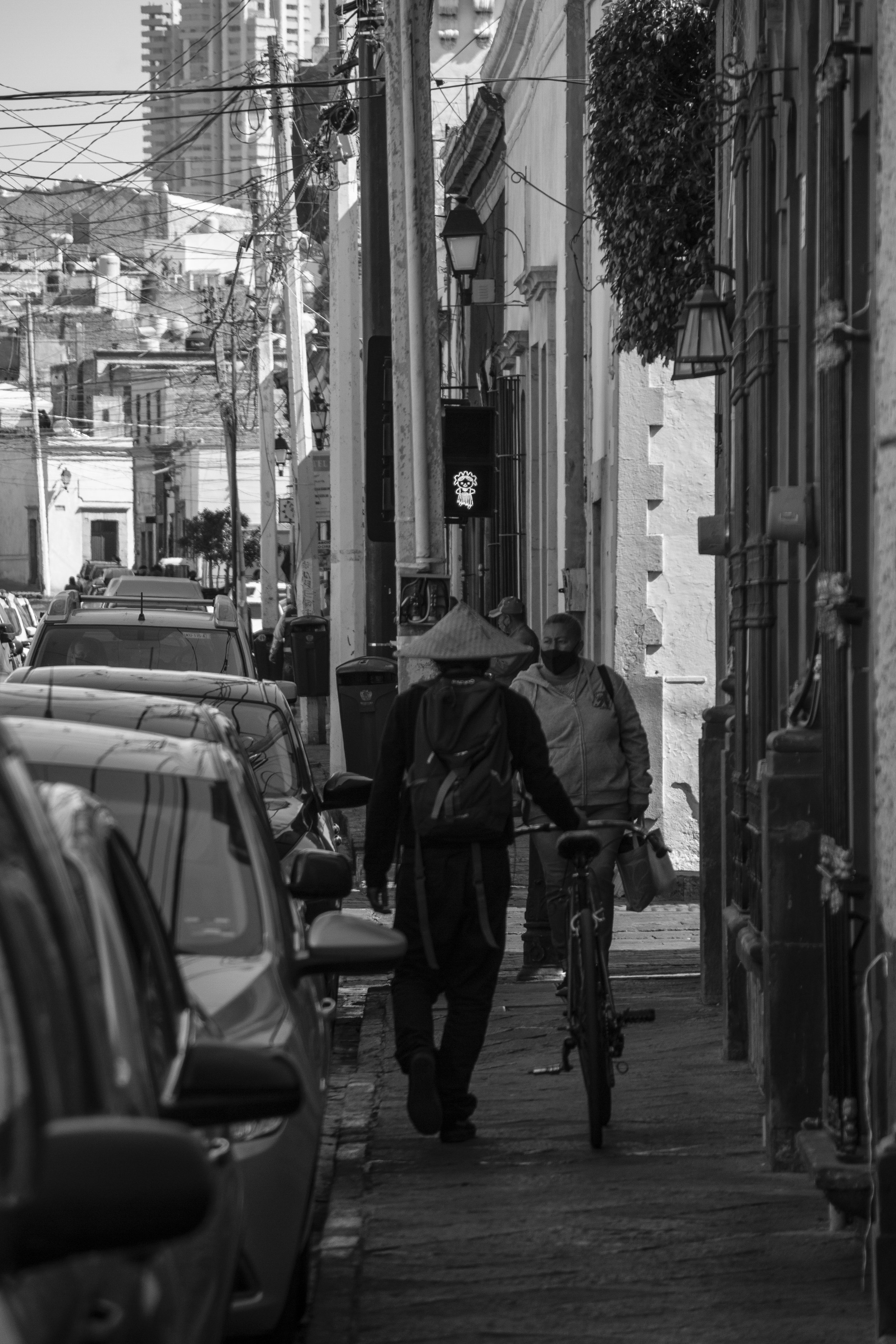Photographing Mexico: Debunking a Myth
Shortly before traveling to Mexico in August 2021, I was a little nervous. I had heard countless stories about how dangerous that country was, due to gangs and drug cartels. However, my friends, the Schaff family, assured me that San Miguel de Allende, the place where they were going to receive me, was very safe.
My first experience with Mexican hospitality took place in the very airport. After over 18 hours of traveling, and knowing that it was better to stay there than to try to make it to the bus station, I found a burger place. The waiter not only allowed me to sleep in it, but also woke me up at the time I needed to leave and even refused to take any tips for me after handing me the burger I ordered, which, by the way, he also refused to charge.
Upon my arrival in SMA, after several hours on a bus from Mexico City, my friends received me and told me that I would have a blast exploring the city.
Despite their confidence, there was one particular night in which they went out and I heard something that sounded like gunshots, so I texted them to tell them to be safe on the way back. Mark replied with a voice message in which he had said (not without laughing) that it was more likely cohetes (firecrackers) that many used when they were celebrating and ran out of ways to express themselves.
The confidence they gave me made me get bolder and I started exploring the city.
San Miguel de Allende and Surrounding Pueblos
A UNESCO World Heritage Site, and one of the best places in the world for American expats to live in, San Miguel de Allende did not disappoint. Between the wall art, the vendors, the many restaurants, bars and cafés, the constant tourism (avid for Mexican cuisine and architecture) and street life (mainly off the beaten path), and the warmth of its people, any traveler would feel at home.



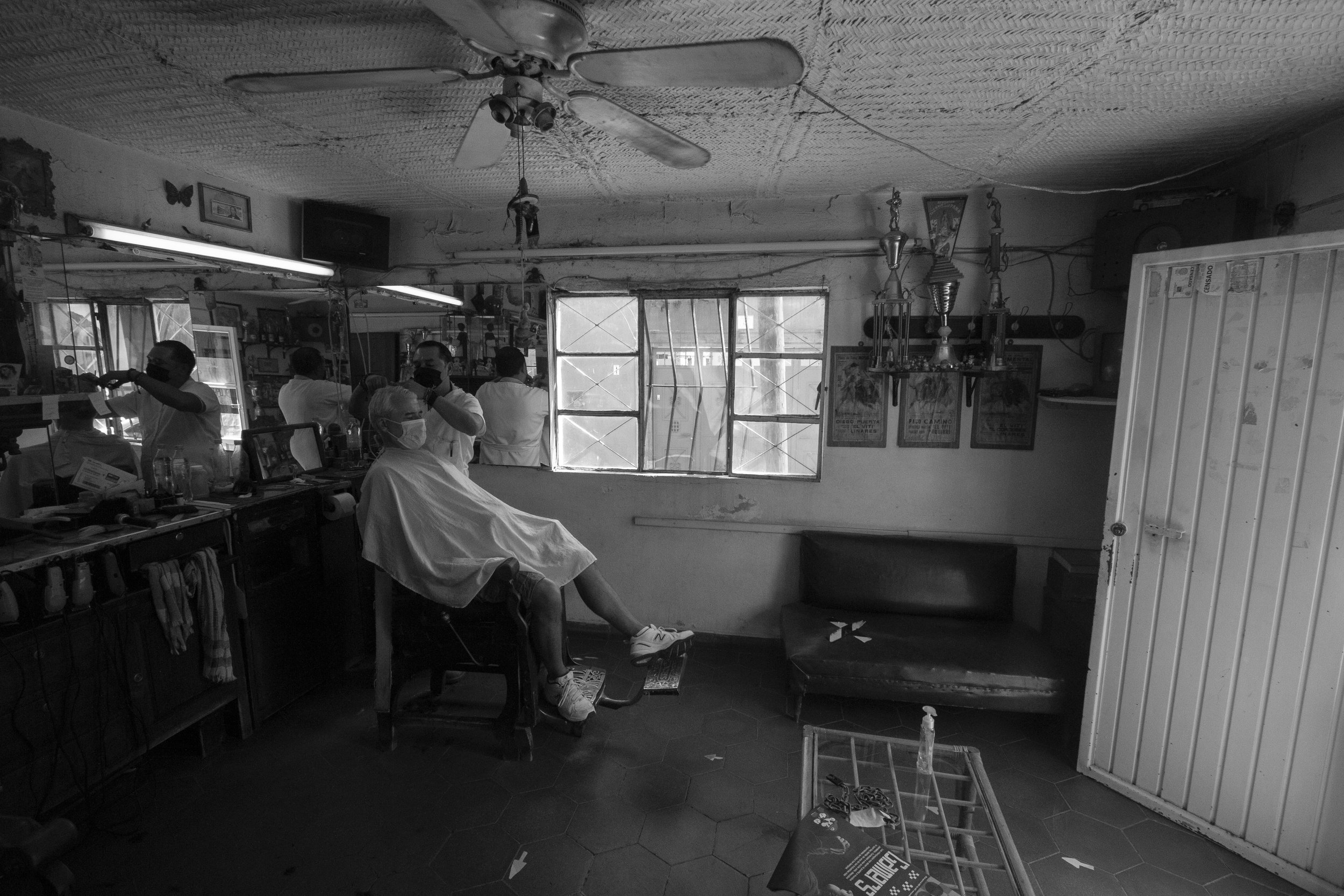














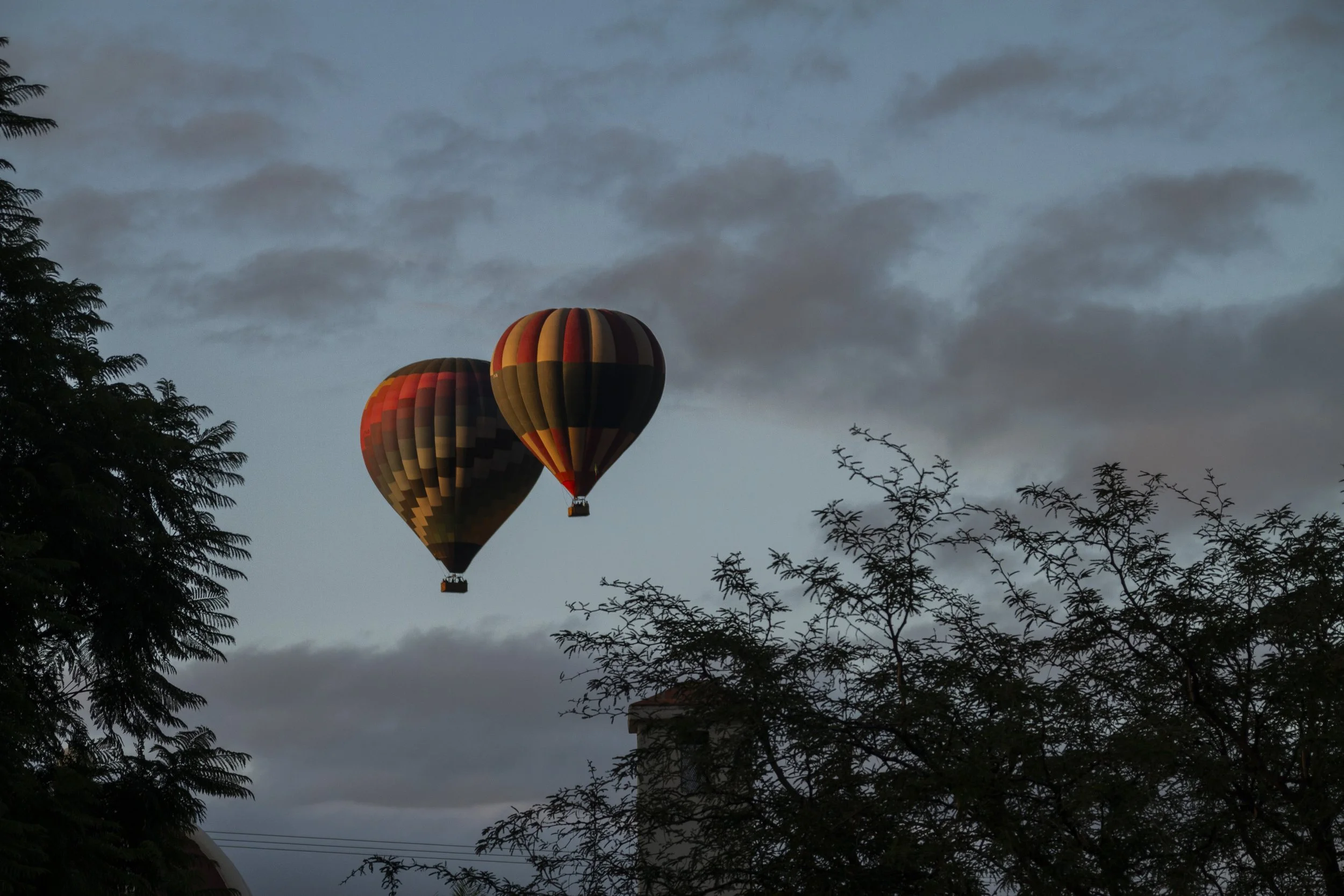




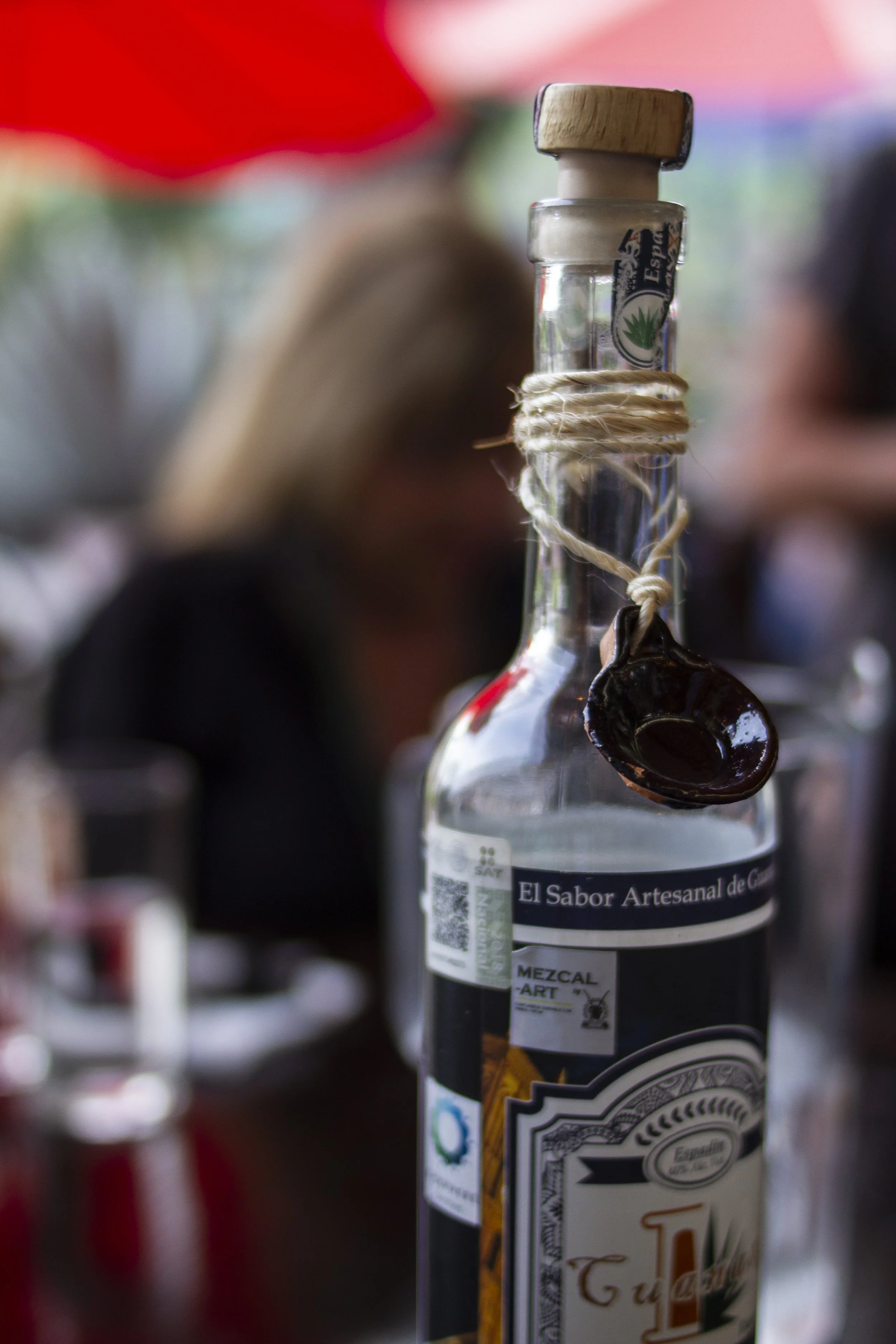




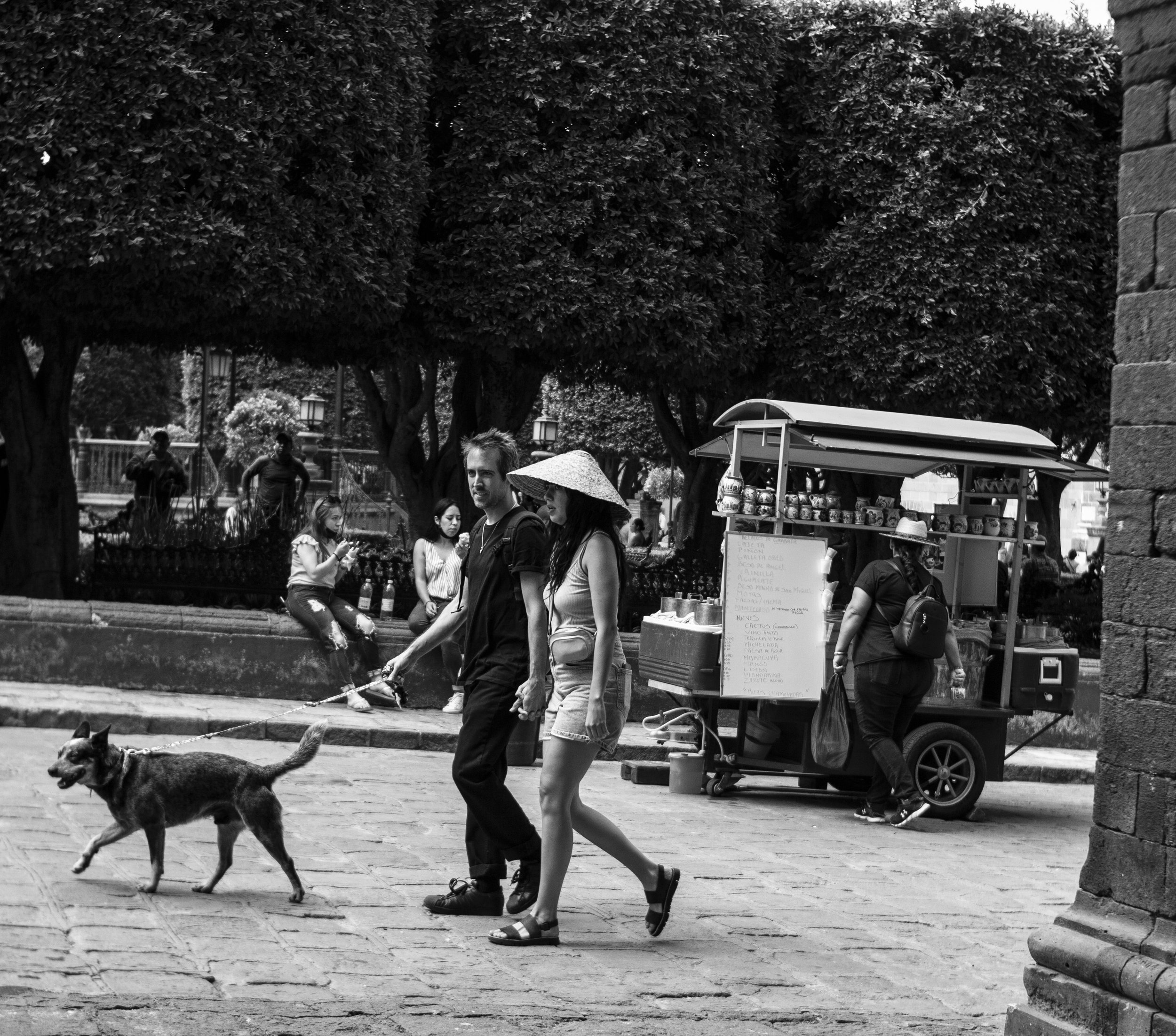











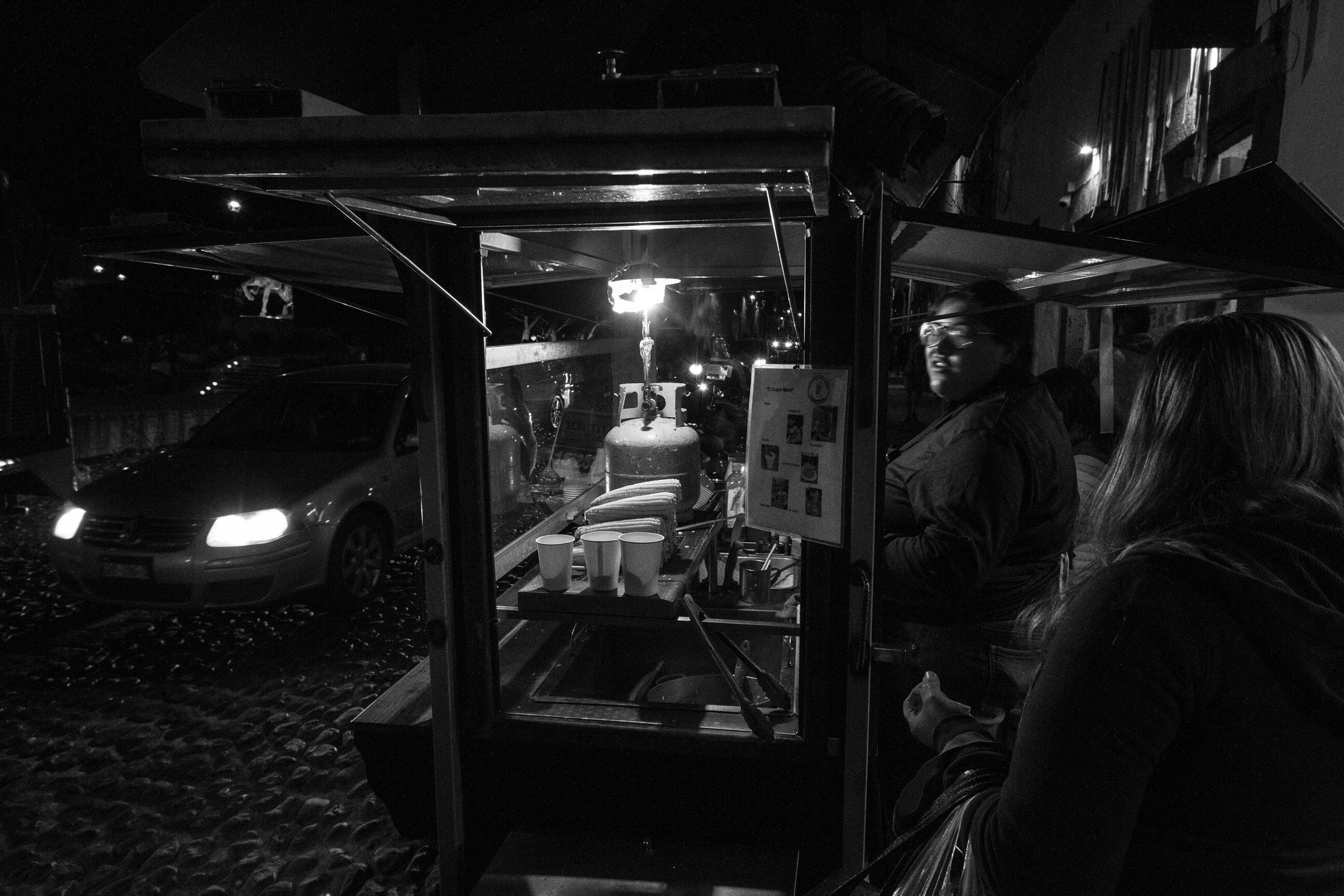









I got more and more curious about it, meeting people and photographing everything I saw. The city embraced me and provided me with countless photo opportunities, that I of course did not let go by without capturing on camera: food, people, architecture, street life, art, events like Día de los Muertos, and even an amateur baseball game.



Yet, it has never been my intention to stay static in a place, and the chance to visit places like Dolores Hidalgo or Santiago de Querétaro brought yet other opportunities.
Although the visit to Dolores Hidalgo was rather short, I had the chance to visit a Talavera workshop and photograph the amazing things that they make there. I also saw some street life, but not as much as I would have wanted—mainly due time.


Querétaro, on the other hand, was a different experience. Having the opportunity to actually see some nightlife and tour the city on foot for a longer time, I brought some great street photos back with me.



I also got on a motorcycle with a friend and explored west of SMA, an area that can be labeled as slightly dangerous. We got to visit the Arbol del Sabino, one of the oldest and widest trees in Mexico, and we even went through a tunnel on a mountain, built in the early 1900s.
Mexico City: A Capital Worth Visiting
But it was Mexico City, where I spent 15 days, that managed to actually attempt to compete with SMA in terms of how many good street photos I could capture.
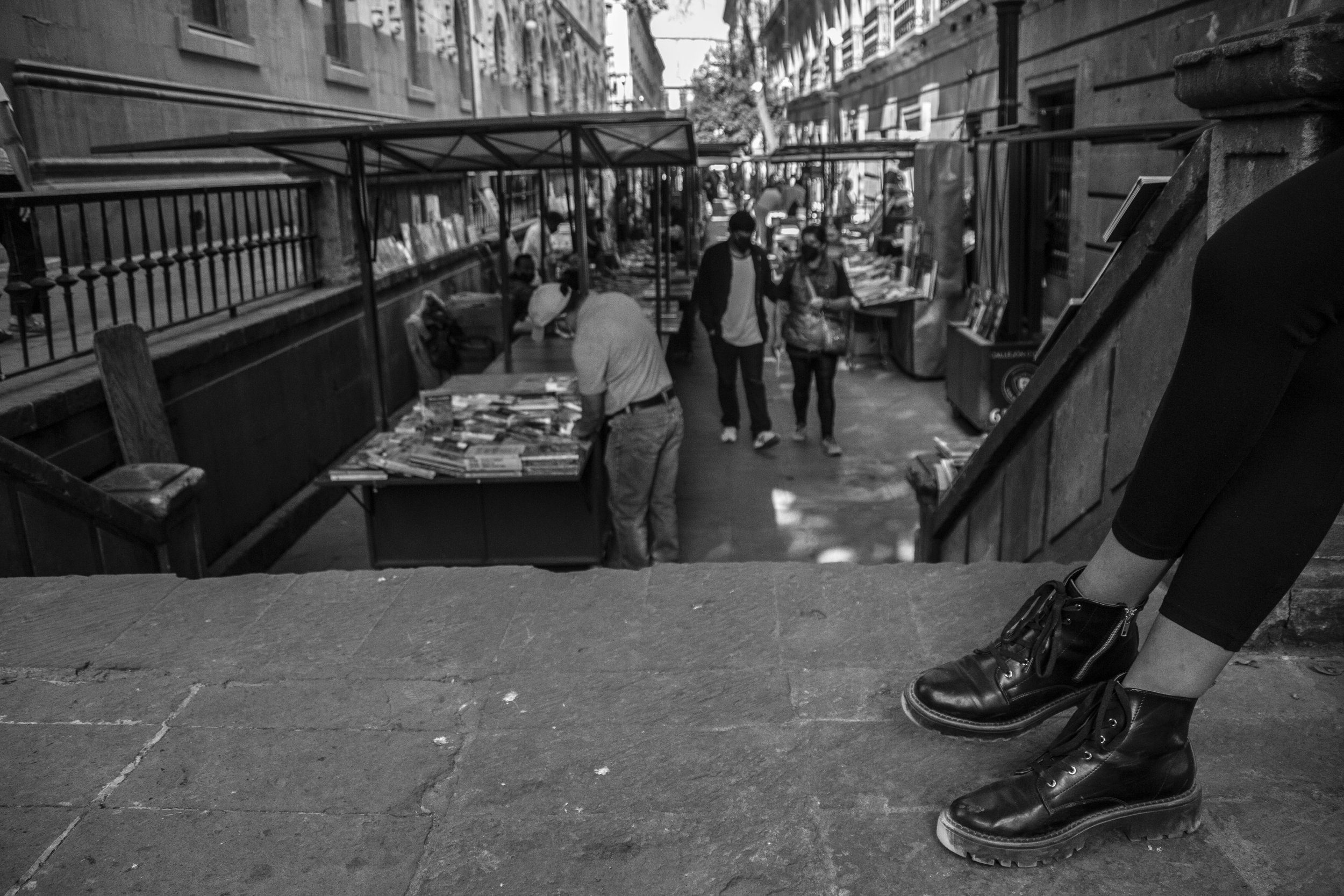












I explored the country’s capital and was able to see and photograph things with a more urban feel. I navigated with a little more care this time, mainly securing my camera with a Blackrapid strap to protect it against any possible robbers. Despite all that, it felt safe most of the time.
Mexico was crowded, gigantic, noisy, and extremely polluted. Millions of cars circulated its highways and streets, and millions of people strolled its plazas and commercial areas. But for a street photographer, it doesn’t matter, au contraire, it is even more appealing.
From finding a monument to Cuba’s greatest, José Martí, to a street (Calle República de Cuba) where almost everything was related to Cuba, it felt great. Although it had not been too long since I had last left the country, a sense of nostalgia was reminiscent of the place I could not go back to.
Conclusion
The myth had been debunked. The hospitality and friendliness of the people of Mexico and of foreigners residing in Mexico left a mark. It feels like either Mexican hospitality is contagious or you only move to Mexico because you are as nice as they are. Even in areas where maybe people felt that I was not going to be so “safe”, I never had a reason to be afraid.
Any street photographer would come back with thousands of images if they stay in any Pueblo Maravilla like San Miguel de Allende for a week. I was in the country for five months, and I still go in my folders and run into a photo that catches my eye.


